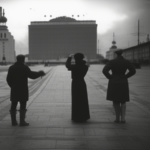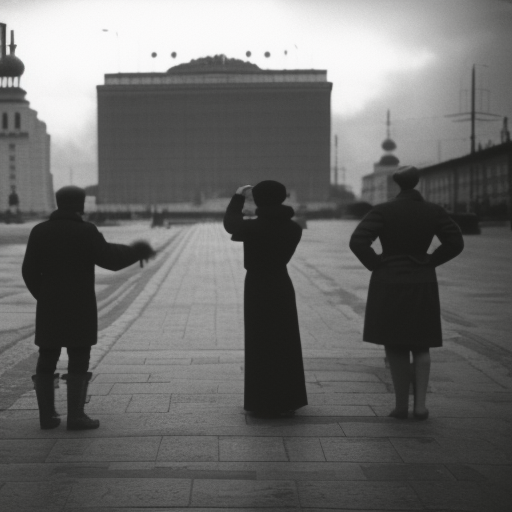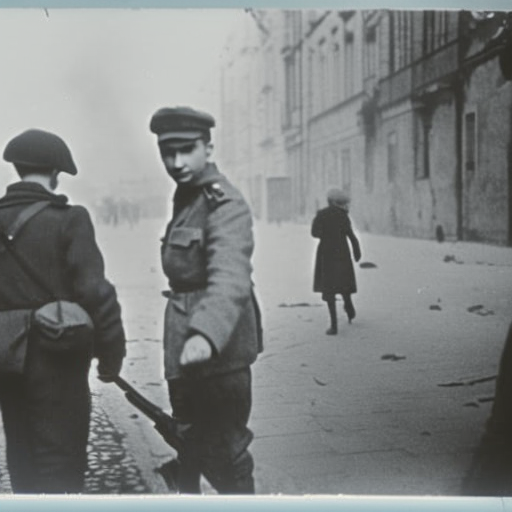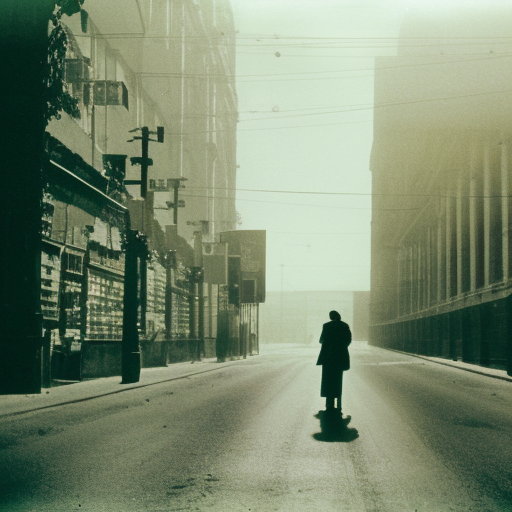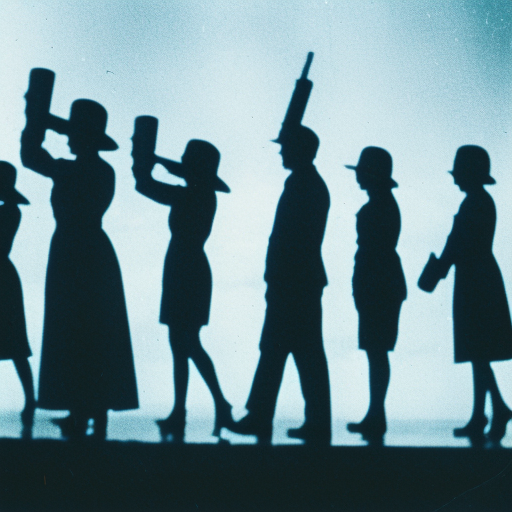The Five-Year Plans in the USSR
The Five-Year Plans were a series of economic development initiatives implemented by the Soviet Union under the leadership of Joseph Stalin. These plans aimed to transform the Soviet Union from an agrarian society into an industrial powerhouse. The first Five-Year Plan was launched in 1928 and subsequent plans followed until 1952.
First Five-Year Plan (1928-1932)
The First Five-Year Plan focused on rapid industrialization and collectivization of agriculture. The plan aimed to increase industrial output by 250% and agricultural production by 150%. To achieve these goals, the government implemented a command economy, nationalizing industries and setting production targets. The plan prioritized heavy industries such as coal, steel, and machinery. However, the plan faced numerous challenges, including shortages of resources, lack of skilled labor, and resistance from peasants against collectivization. Despite these obstacles, the plan achieved significant industrial growth, but at the expense of widespread human suffering and a decline in agricultural production.
Second Five-Year Plan (1933-1937)
The Second Five-Year Plan aimed to consolidate the gains of the first plan and continue industrial expansion. This plan focused on the production of consumer goods, such as textiles and household appliances, in addition to heavy industries. The plan also emphasized the development of infrastructure, including the construction of railways and power plants. The Second Five-Year Plan faced challenges due to the Great Depression and the need to rebuild industries affected by collectivization. However, it achieved moderate success, with industrial output increasing by 108% and agricultural production recovering.
Third Five-Year Plan (1938-1941)
The Third Five-Year Plan was cut short due to the outbreak of World War II. It aimed to further expand industrial production and strengthen the defense industry. The plan focused on the production of military equipment and armaments. However, the war disrupted the plan’s implementation, diverting resources and manpower towards the war effort. Despite these challenges, the plan achieved some success in increasing industrial output, particularly in the defense sector.
Fourth Five-Year Plan (1946-1950)
The Fourth Five-Year Plan aimed to rebuild the Soviet economy after the devastation of World War II. The plan focused on reconstruction, particularly in the areas of housing, transportation, and agriculture. It also aimed to increase industrial production and improve living standards. The plan faced challenges such as shortages of resources and the need to demobilize and reintegrate millions of soldiers into the civilian workforce. Despite these obstacles, the plan achieved significant progress in rebuilding the economy and improving living conditions.
Fifth Five-Year Plan (1951-1955)
The Fifth Five-Year Plan aimed to continue the economic growth achieved in the previous plans. It focused on increasing the production of consumer goods, improving living standards, and developing new industries such as electronics and chemicals. The plan also emphasized the development of agriculture and the mechanization of farming. However, the plan faced challenges such as inefficiencies in the centralized planning system and the lack of consumer goods in the market. Despite these obstacles, the plan achieved moderate success in increasing industrial output and improving living conditions.
In conclusion, the Five-Year Plans in the USSR were ambitious economic development initiatives that aimed to transform the Soviet Union into an industrialized nation. These plans prioritized heavy industries and collectivization of agriculture, leading to significant industrial growth but also causing widespread suffering and a decline in agricultural production. Despite facing challenges such as shortages of resources, war, and inefficiencies in planning, the Five-Year Plans achieved varying degrees of success in industrial expansion, infrastructure development, and improving living conditions.



